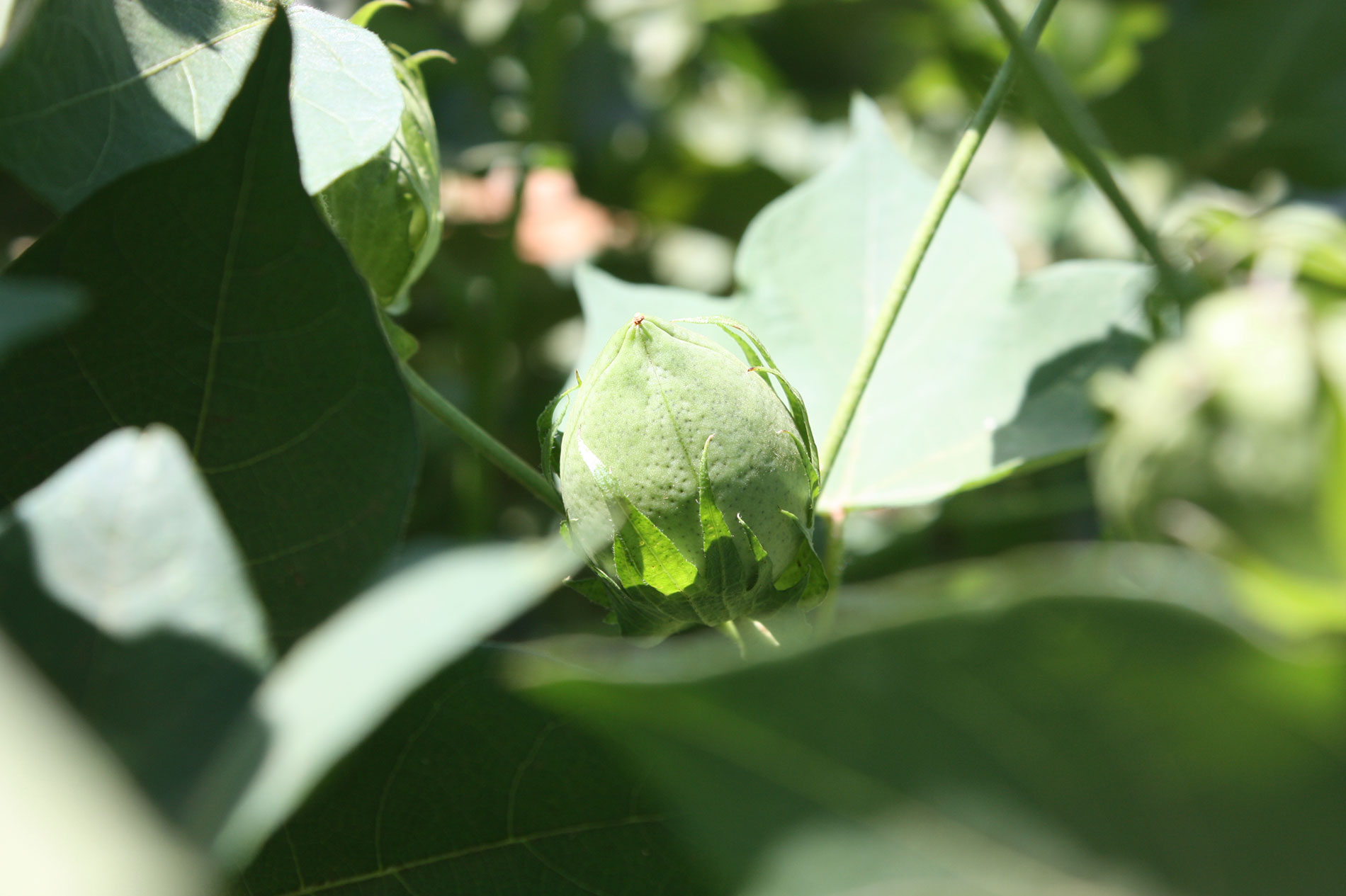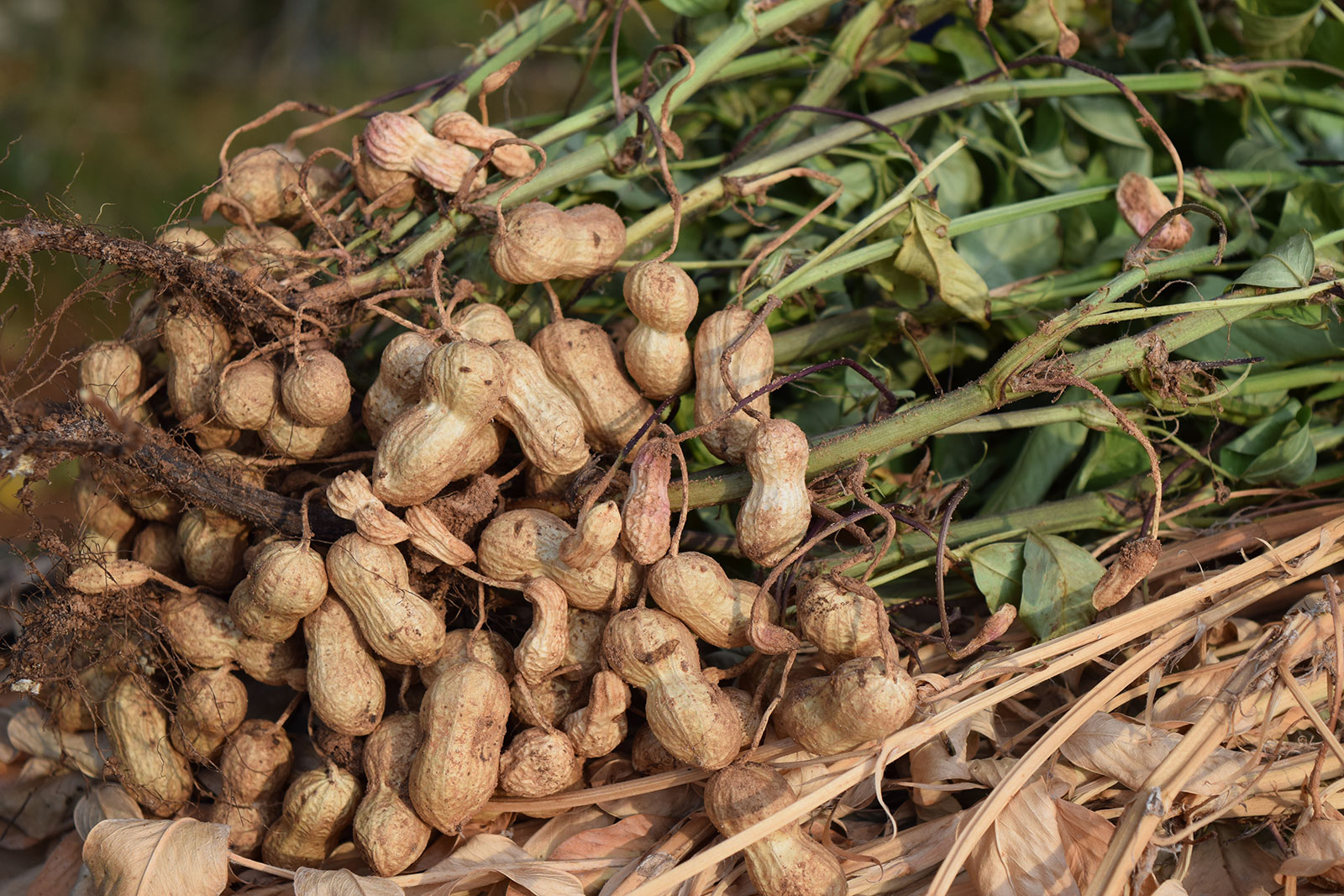
About Texas IPM
Texas IPM programs are conducted as a public/private partnership and cooperative effort between TPMA and Texas A&M AgriLife Extension. IPM units are located in key cropping regions of the state and address a wide range of pest problems across major agricultural crops.
The Texas IPM program is the only one of its kind in the United States where growers and government work hand-in-hand in a private/public partnership to protect the economic viability of the state's agricultural sector while helping to maintain a clean, healthy environment for all Texans.
The Texas IPM program:
TPMA represents over 2,500 growers of cotton, grain sorghum, wheat, peanuts, citrus, vegetables, corn, alfalfa, soybeans and sunflowers. The organization also cooperates with 12 commodity organizations and maintains 22 integrated pest management units throughout the state. The information developed by the IPM program reaches over 8,500 growers, and acreage in the counties covered by this information dissemination is approximately 10,125,000.
Over 18 million pieces of data on nearly one million acres of crops are collected each year to form the IPM database. Information on pest abundance, distribution and damage, levels of natural enemies, weather conditions, and soil fertility levels is critical to producer members. The organization shares its IPM database with fellow farm growers and agribusiness, Texas A&M AgriLife Extension Service, Texas A&M AgriLife Research, TDA, the USDA and other states.
Visit the sites below to learn more about various IPM programs and organizations.

